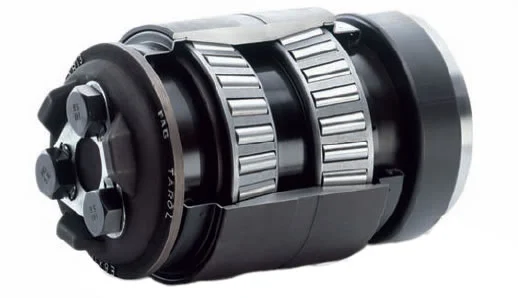Table of Contents
Categories
-
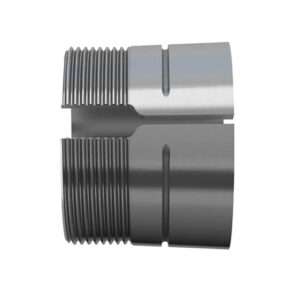
Adapter Sleeves (9)
-
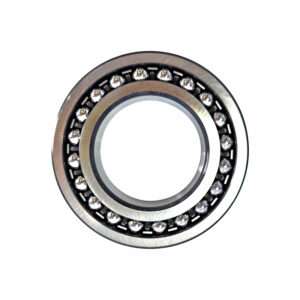
Ball Bearings (11)
-
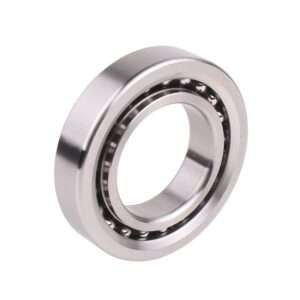
Ball Screw Bearings (2)
-
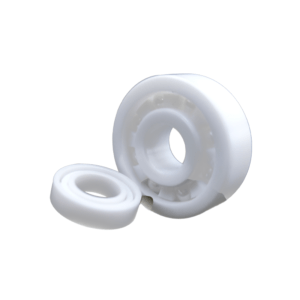
Ceramic Bearings (27)
-
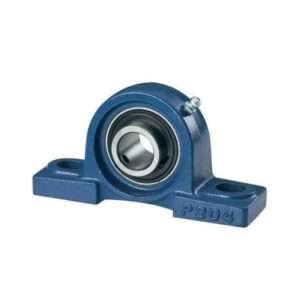
Pillow Block Bearings (4)
-
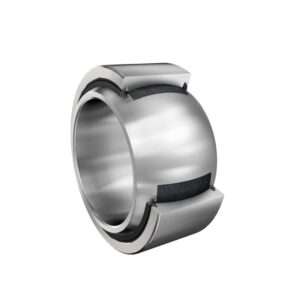
Plain Bearings (32)
-
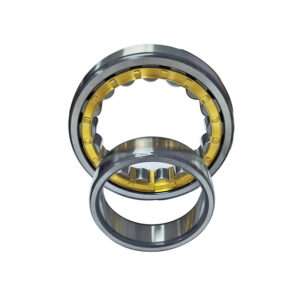
Roller Bearings (12)
-
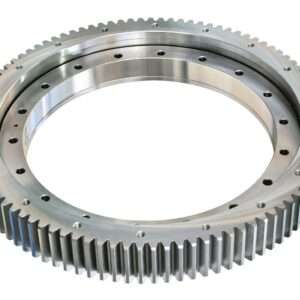
Slewing Bearings (43)
-
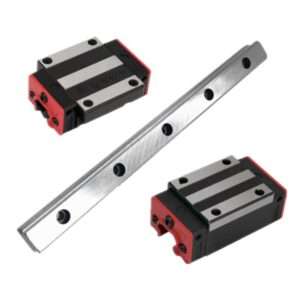
Sliding Block (3)
-
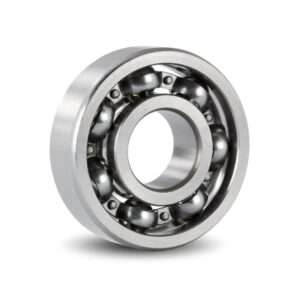
Stainless Steel Bearings (27)
-
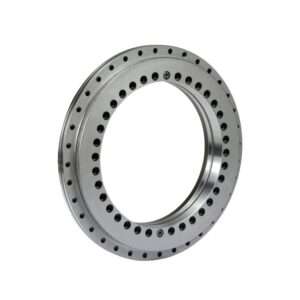
Super Precision Bearings (6)
-
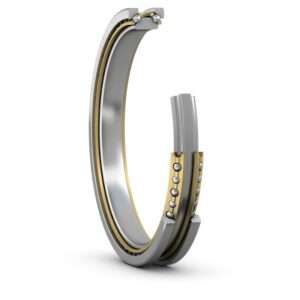
Thin Section Bearings (9)
-
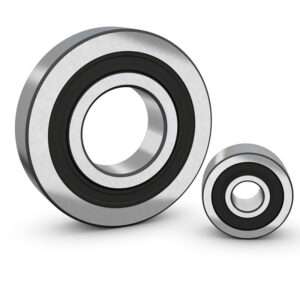
Track Rollers (4)
-
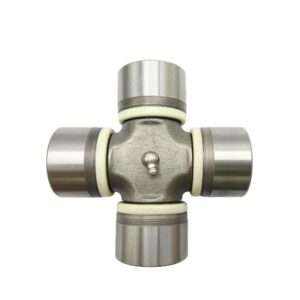
Universal Joints (1)
Revolutionize Your Machinery: Needle Roller Thrust Bearing Insights
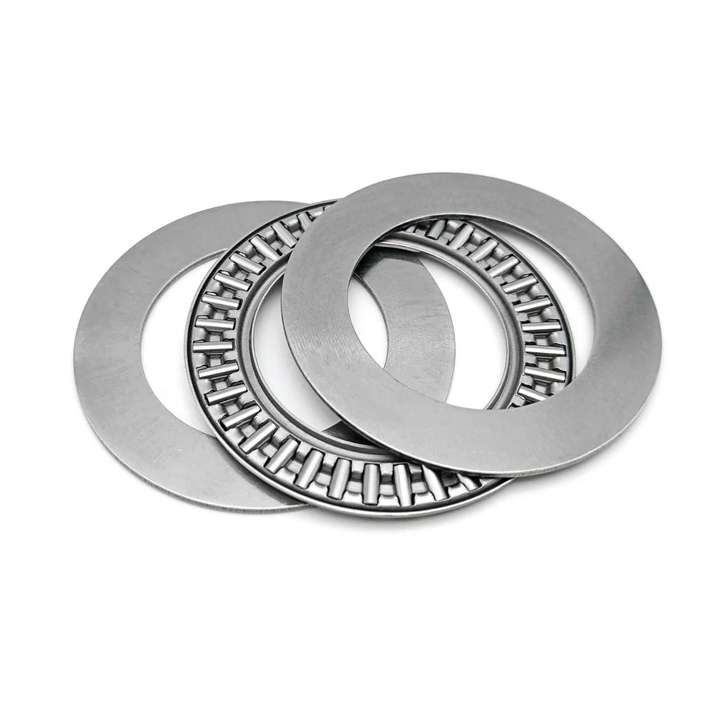
Introduction
In the intricate tapestry of modern machinery, bearings play an indispensable role, acting as silent yet crucial components that facilitate the smooth operation of countless mechanical systems. Among these, the needle roller thrust bearings stand out as a fascinating and often overlooked marvel. Beyond their conventional utility, these bearings possess an unusual charm that warrants exploration, promising to redefine our understanding of precision engineering.
In the dynamic landscape of contemporary machinery, the silent orchestration of bearings is nothing short of essential. Bearings are the unsung heroes that ensure the seamless functionality of various mechanical systems. Among these, needle roller thrust bearings emerge as a distinctive and often overlooked marvel. However, their significance goes beyond the ordinary; these bearings boast an intriguing charm, inviting us to delve into their intricate world and uncover the extraordinary potential they hold within the realm of precision engineering.
The Basics of Needle Roller Thrust Bearings
To truly appreciate needle roller thrust bearings, it’s imperative to distinguish them from their more conventional counterparts. Unlike traditional bearings, needle rollers are designed with cylindrical rolling elements that are significantly smaller in diameter. This seemingly minor structural difference results in a transformative impact on their performance, particularly in applications demanding precision and efficiency. The needle rollers’ unique configuration allows them to distribute loads with exceptional accuracy, making them a cornerstone of thrust applications.
Understanding the nuances of needle roller thrust bearings requires a keen awareness of their structural disparities from traditional counterparts. In essence, these bearings feature cylindrical rollers of notably reduced diameter, a seemingly modest design variation that, in practice, yields a revolutionary impact on performance. This distinctive structural aspect is the secret behind their precision and efficiency in managing loads, solidifying their pivotal role in thrust applications.
Inside the Microcosm: Anatomy and Design
The Intricate Structure of Needle Roller Thrust Bearings
Needle roller thrust bearings are intricate components designed to accommodate axial loads by utilizing cylindrical rolling elements with a high length-to-diameter ratio, known as needle rollers. These bearings feature a compact design, incorporating closely spaced needle rollers within a cage assembly, enabling efficient load distribution and reduced friction. The cylindrical shape of the rollers ensures a large contact surface area, enhancing load-carrying capacity while maintaining a relatively small footprint. This intricate arrangement provides precise axial guidance, making needle roller thrust bearings essential in applications where space constraints and high axial loads are critical considerations.
Unusual Features Setting Needle Rollers Apart
Needle roller thrust bearings exhibit distinctive features owing to the utilization of needle rollers—cylindrical rolling elements characterized by their slender dimensions and high length-to-diameter ratio. Unlike traditional ball bearings, needle rollers possess an elongated form, allowing for a greater contact length along the raceway. This unique geometry enhances load-carrying capacity and facilitates effective load distribution, making needle roller thrust bearings particularly adept at handling axial loads in confined spaces. The needle rollers operate within a cage assembly, ensuring proper alignment and minimizing friction. This design not only reduces the overall size of the bearing but also enhances its efficiency in applications where space is at a premium and axial load performance is paramount, making needle roller thrust bearings a standout solution in various industrial scenarios.
Applications
Automotive Transmissions: Needle roller thrust bearings are commonly used in automotive transmissions, where they facilitate smooth axial movement and precise control, ensuring efficient power transfer between gears.
Aerospace Systems: In aerospace applications, needle roller thrust bearings find use in components like landing gear systems, providing reliable axial support and contributing to the overall durability and performance of aircraft.
Medical Equipment: Needle roller thrust bearings are employed in medical equipment, such as robotic surgery devices, where their compact design and high load-carrying capacity are advantageous for maintaining precision and minimizing friction in axial movements.
Industrial Gearboxes: Industrial gearboxes, essential in various machinery, utilize needle roller thrust bearings to manage axial loads generated during the transmission of power, ensuring reliable and efficient operation.
Textile Machinery: In textile manufacturing, needle roller thrust bearings are employed in machinery like spinning frames and looms, contributing to the smooth and precise movement of components within these high-speed systems.
Material Handling Equipment: Needle roller thrust bearings play a crucial role in material handling equipment, such as conveyor systems and forklifts, where they support axial loads, reduce friction, and enhance the overall performance and longevity of the equipment.
Wind Turbine Gearboxes: The compact design and high load-carrying capacity of needle roller thrust bearings make them suitable for use in the gearboxes of wind turbines. These bearings contribute to the efficient transfer of rotational forces while withstanding axial loads in challenging wind turbine environments.
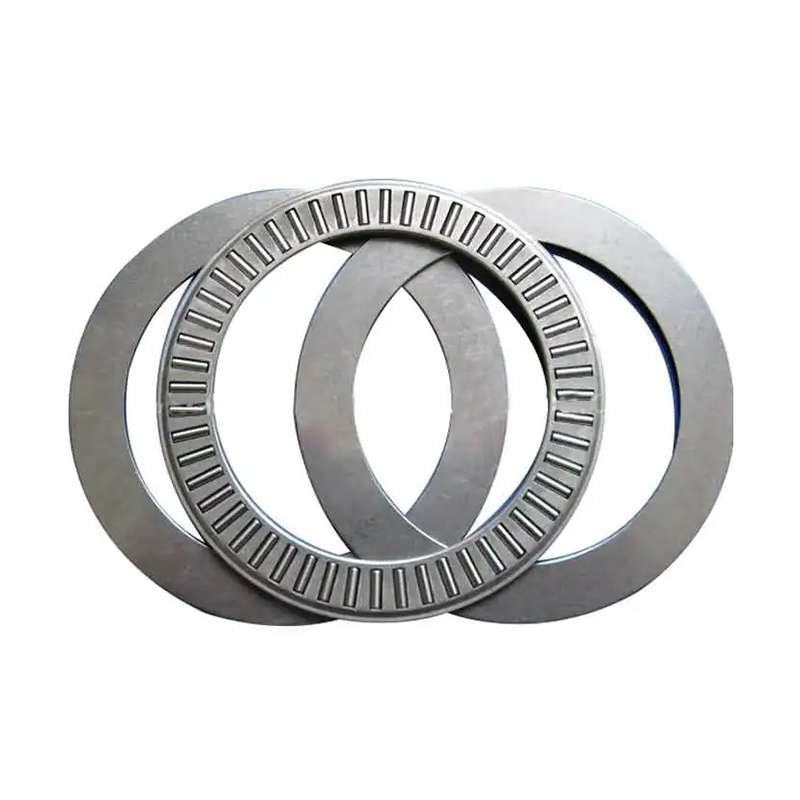
Benefits of Thrust Needle Roller Bearings
Enhanced Efficiency: How Thrust Needle Rollers Boost Performance
High Load-Carrying Capacity: Thrust needle roller bearings are designed to handle significant axial loads due to the elongated shape of the needle rollers, providing a larger contact area and distributing loads effectively.
Compact Design: The slim and cylindrical configuration of needle rollers allows for a compact bearing design, making them well-suited for applications with limited space where a smaller footprint is essential.
Reduced Friction: Needle roller bearings operate with minimal friction, thanks to their design and the use of a cage assembly. This characteristic contributes to improved efficiency and reduced energy consumption in various applications.
Precise Axial Guidance: The needle rollers, supported by a cage, offer precise axial guidance, ensuring accurate alignment of components. This feature is crucial for maintaining system integrity and preventing misalignment.
Versatility: Thrust needle roller bearings find applications in diverse industries, showcasing their versatility. From automotive and aerospace to medical equipment and industrial machinery, they prove adaptable to different operational requirements.
Suitability for High-Speed Applications: The low mass and reduced friction of needle rollers make them well-suited for high-speed applications, contributing to the overall efficiency and performance of systems requiring rapid axial movements.
High Temperature Resistance: Needle roller bearings are often designed to withstand elevated temperatures, making them suitable for applications where heat generation is a concern, such as in industrial machinery and automotive components.
Long Service Life: The robust design and efficient load distribution of thrust needle roller bearings contribute to their durability and long service life. This characteristic is essential for minimizing maintenance requirements and ensuring reliable performance over an extended period.
Disadvantages
Disadvantages of Thrust Needle Roller Bearings:
Limited Radial Load Capacity: Thrust needle roller bearings are primarily designed for axial loads and may have limited radial load-carrying capacity. In applications with significant radial loads, additional radial bearings may be required.
Sensitivity to Misalignment: Needle roller bearings can be sensitive to misalignment, and excessive misalignment can lead to premature wear and reduced bearing life. Proper alignment is crucial for optimal performance.
Higher Noise Levels: In certain applications, needle roller bearings may generate more noise compared to other bearing types. This can be a concern in situations where noise reduction is a critical factor.
Complex Installation: The assembly of needle roller thrust bearings can be more complex compared to some other bearing types. Proper installation is essential to ensure optimal performance and longevity.
Susceptibility to Contaminants: Needle roller bearings, especially in open designs, can be more susceptible to contamination by dust, dirt, or other debris. This makes them less suitable for applications in harsh environments without proper sealing.
Unsuitable Application Scenarios:
High Impact Loads: Thrust needle roller bearings may not be suitable for applications with high impact loads, as the slender needle rollers may be more susceptible to damage under such conditions.
Extreme Temperature Fluctuations: While needle roller bearings can handle high temperatures, extreme and rapid temperature fluctuations may affect their performance. In such scenarios, alternative bearing types with better temperature stability may be more appropriate.
Continuous Shock Loads: Applications involving continuous shock loads may not be ideal for needle roller bearings, as the repeated impact forces could lead to premature wear and reduced bearing life.
Applications Requiring Minimal Friction: In scenarios where extremely low friction is a priority, other bearing types such as plain bearings or certain types of roller bearings might be more suitable, as needle rollers, while efficient, still involve some friction.
High-Speed, Light-Load Situations: In applications with high speeds and very light axial loads, the benefits of needle roller bearings may be outweighed by the complexity of their design. Simple ball thrust bearings might be more appropriate in such cases.

Comparisons with Other Bearings
Thrust vs. Radial: Understanding the Differences
Thrust Bearings:
Load Direction:
- Thrust bearings are designed to support axial loads, also known as thrust loads, along the axis of rotation.
Load Types:
- Axial Load: Thrust bearings primarily handle axial or thrust loads, which are forces applied parallel to the axis of rotation.
Rolling Elements:
- Rolling Elements: Thrust bearings often use cylindrical or tapered rolling elements, such as balls or rollers, arranged in a way to support axial loads.
Applications:
- Common Applications: Thrust bearings are commonly found in applications where axial loads are prevalent, such as automotive transmissions, aerospace systems, and industrial machinery.
Types:
- Ball Thrust Bearings, Roller Thrust Bearings: There are various types of thrust bearings, including ball thrust bearings and roller thrust bearings, each with specific design characteristics.
滚珠推力轴承、滚子推力轴承:推力轴承有多种类型,包括滚珠推力轴承和滚子推力轴承,每种都有特定的设计特点。
- Ball Thrust Bearings, Roller Thrust Bearings: There are various types of thrust bearings, including ball thrust bearings and roller thrust bearings, each with specific design characteristics.
Radial Bearings:
Load Direction:
- Radial bearings are designed to support radial loads, which are forces applied perpendicular to the axis of rotation.
Load Types:
- Radial Load: Radial bearings primarily handle radial loads, and they are well-suited for applications where the load is distributed radially from the center of rotation.
Rolling Elements:
- Rolling Elements: Radial bearings commonly use rolling elements like balls or cylindrical rollers arranged to support radial loads.
Applications:
- Common Applications: Radial bearings are found in a wide range of applications, including electric motors, automotive wheel hubs, and industrial machinery, where radial loads predominate.
Types:
- Deep Groove Ball Bearings, Cylindrical Roller Bearings: There are various types of radial bearings, each designed to handle specific radial load conditions. Examples include deep groove ball bearings and cylindrical roller bearings.
Showdown: Thrust Needle Rollers vs. Ball Bearings
n the showdown between thrust needle rollers and ball bearings, the choice hinges on the specific demands of the application. Thrust needle rollers, characterized by their elongated cylindrical shape, excel in scenarios with high axial loads, providing a larger contact surface area and efficient load distribution. Their compact design makes them ideal for applications where space is a premium. On the other hand, ball bearings, with their spherical rolling elements, are versatile and suitable for various load types, particularly radial loads. The decision between thrust needle rollers and ball bearings revolves around the directional forces at play and the intricacies of the machinery. It’s a match between the precision and axial load prowess of thrust needle rollers versus the general versatility of ball bearings, each bringing distinct advantages to the engineering arena.
Conclusion
In conclusion, needle roller thrust bearings stand out as remarkable components in the intricate world of machinery, often overlooked despite their pivotal role in ensuring the seamless operation of various mechanical systems. Their unique cylindrical design, with slender needle rollers, enables precise axial guidance, making them indispensable in applications where space constraints and high axial loads are critical. While offering benefits such as enhanced efficiency, compact design, and high load-carrying capacity, needle roller thrust bearings do come with limitations, including sensitivity to misalignment and potential susceptibility to contaminants. In the showdown against ball bearings, the choice between thrust needle rollers and balls hinges on the specific demands of the application, highlighting the nuanced trade-offs between precision and versatility in the realm of precision engineering.
References
1.”Thrust bearings” from Wikipedia;
2. “Needle roller thrust bearings” from NSK;
3. “Needle roller thrust bearings” from SKF.
Related Posts
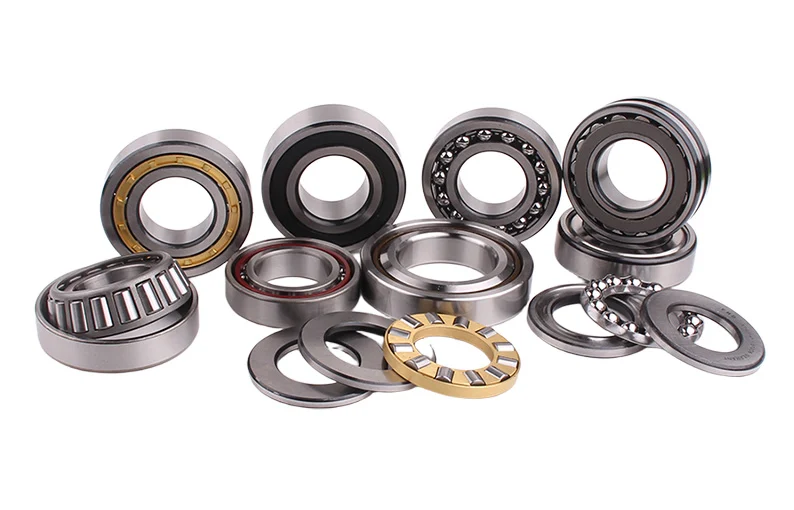
Bearing Code
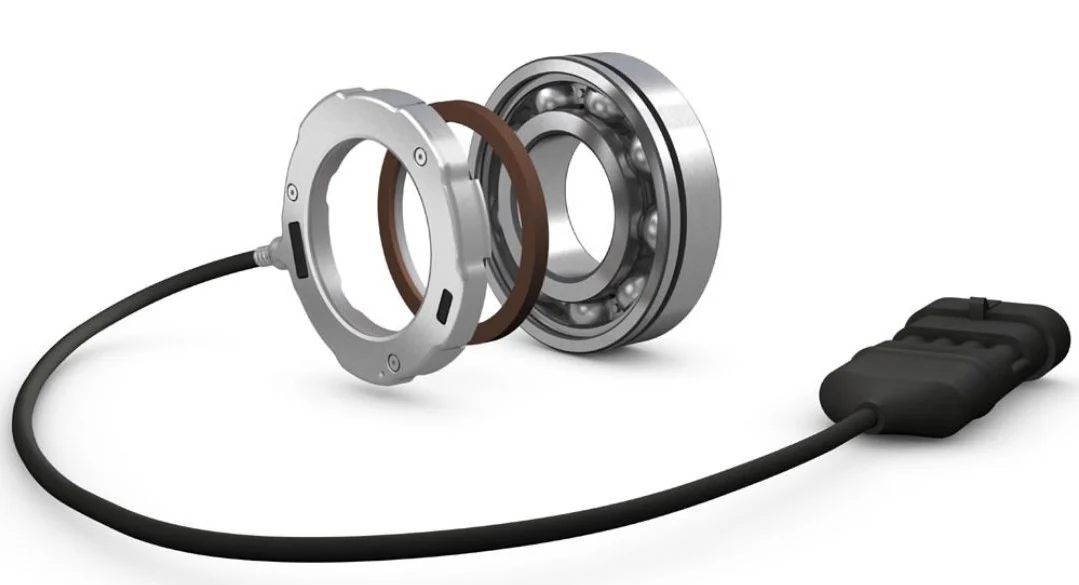
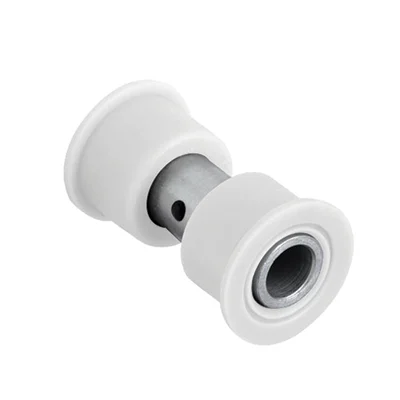
Delrin Bearings: Lubrication-Free Long Life
